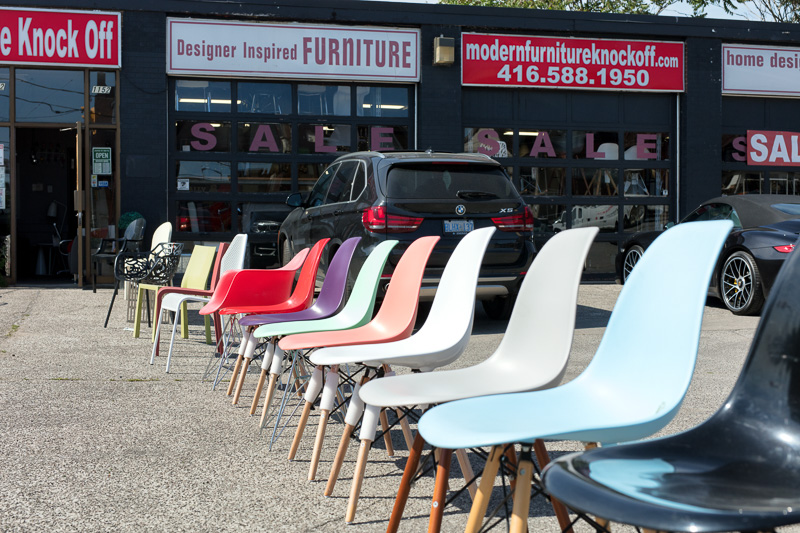I often play a game called modern or postmodern. I look at something and ask myself: Is this modern? Or is it postmodern? It’s a difficult game to play when you have no idea what the word postmodern means. For more than thirty years, I’ve tried to understand what it means, burrowing into difficult texts like Writing and Difference and watching episodes of Family Guy. But for all my efforts, there is an unnamed something that eludes me. I want that feeling of satisfaction that comes from mastery of a subject, yet, like Tantalus, I lean in to drink and the waters recede just beyond my lips.

One of the ways to distinguish the modern from the postmodern (I have no idea if this is true, but it seems to work) is to remember that modernity can inhere in an object; postmodernity does not. I walk along Dupont Avenue and see chairs set out in a row across an asphalt parking lot. I say to myself: look at the modern chairs. If I found one of those chairs sitting in isolation in a gallery, I would assume I had stumbled upon an exhibit of modern design. It would be enclosed in a plexiglass cube with a curator’s white card displaying the appropriate taxonomy.
Postmodernity is a sensibility that refuses to inhere in an object. Instead, its vague presence floats through the interstices of the scene. It reminds me of the rotten-egg smell that wafted through my elementary school when classmates set off stink bombs. I walk along Dupont Avenue and see chairs set out in a row across an asphalt parking lot. I note that the chairs are for sale. The store is called Modern Furniture Knock Off. Judging by the roll-up doors, the store used to be an auto-body shop. I look again at the chairs and take another turn at my game. I ask myself: modern or postmodern? I think I know the answer to this one.